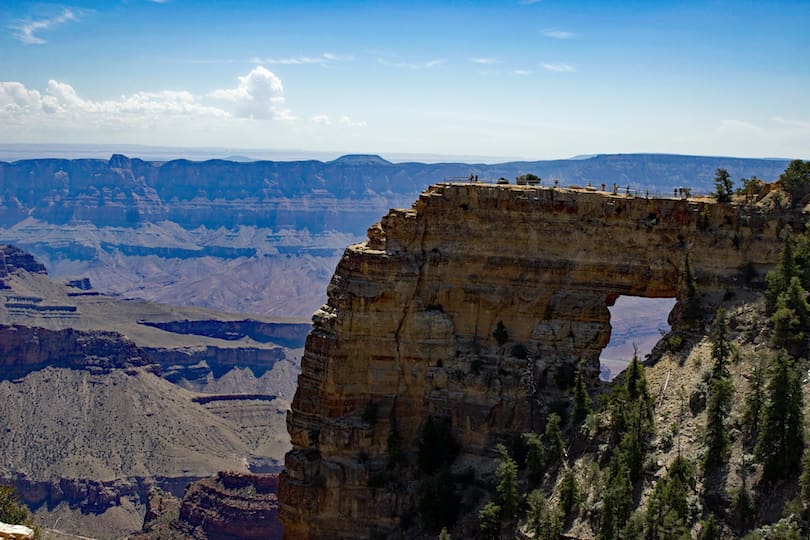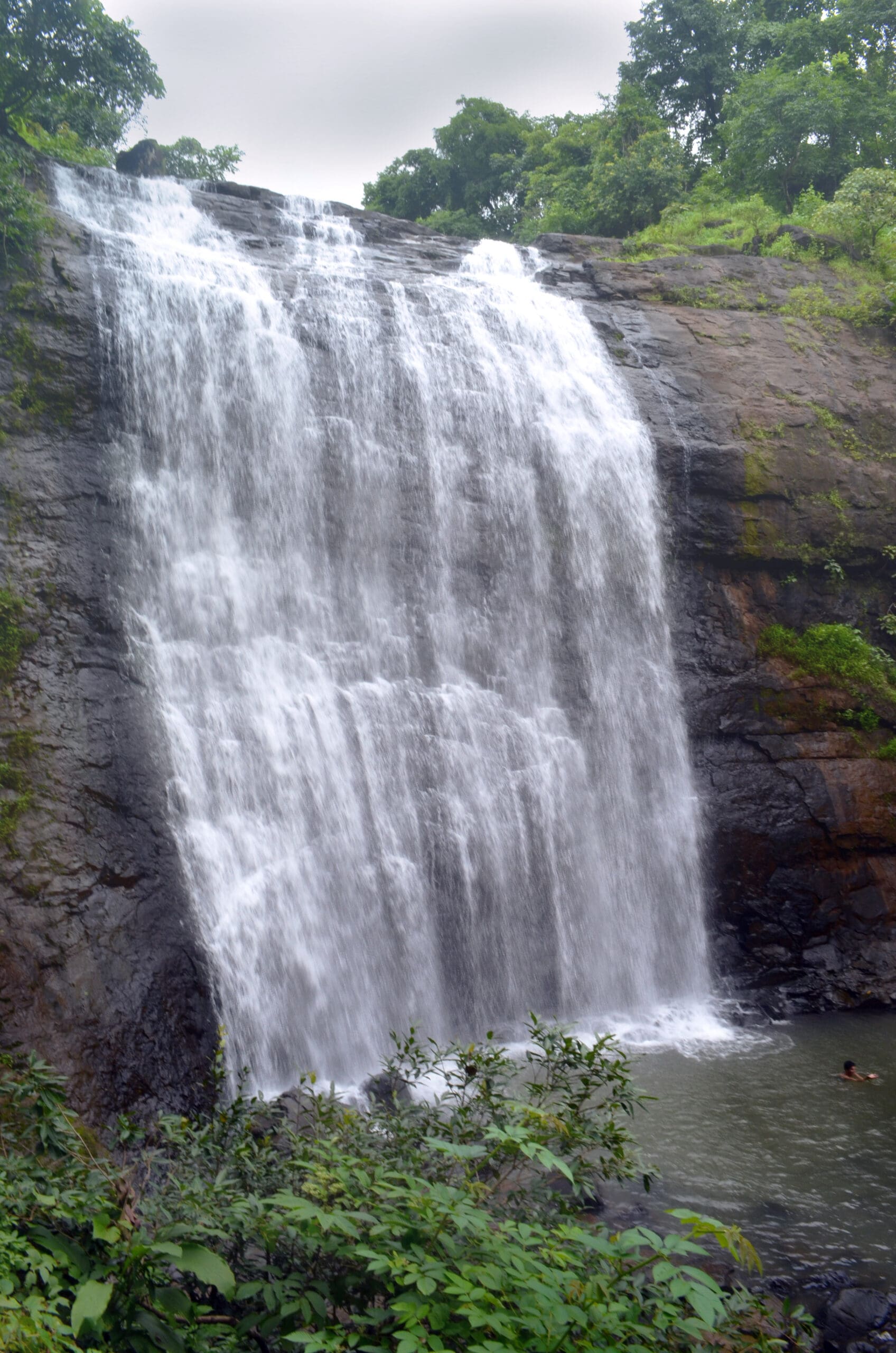Similipal National Park is a beautiful and biodiverse area located in the Indian state of Orissa. Spanning over an area of 2,750 sq. km, the park is home to a wide variety of flora and fauna, including several endangered species. In this article, we will take a closer look at Similipal National Park, its history, geography, wildlife, and tourist attractions.
1. Introduction
Similipal National Park is one of the most popular tourist destinations in Orissa. Located in the northern part of the state, the park is known for its rich biodiversity and scenic beauty. The park is home to several rivers, waterfalls, and dense forests, making it an ideal destination for nature lovers and adventure enthusiasts.
2. History of Similipal National Park
Similipal National Park was declared a wildlife sanctuary in 1979 and later upgraded to a national park in 1980. The park is named after the Similipal hill range, which is located within its boundaries. The area has been inhabited by tribal communities for centuries, who are still living in and around the park.
3. Geography and Climate
Similipal National Park is located in the northern part of Orissa, near the Jharkhand border. The park is situated at an altitude of 559.31 meters above sea level and covers an area of 2,750 sq. km. The park is surrounded by hills on three sides, with the Sal tree forests covering most of the area. The climate of the park is tropical, with hot summers and moderate winters.
4. Flora and Fauna
Similipal National Park is known for its rich biodiversity, with a variety of flora and fauna found in the area. The park is home to over 1,000 species of plants, including several medicinal plants. The area is covered with dense Sal forests, which are also home to several species of animals and birds.
5. Endangered Species in Similipal National Park
Similipal National Park is home to several endangered species, including the Bengal tiger, Indian elephant, and saltwater crocodile. The park is also home to several species of deer, including the sambar, spotted deer, and barking deer. The area is also home to several species of primates, including the langur and macaque.
6. Tourist Attractions in Similipal National Park
Similipal National Park offers several attractions for tourists, including the Barehipani and Joranda waterfalls, which are among the highest waterfalls in India. The park is also home to several trekking trails, which offer breathtaking views of the surrounding hills and forests. The park also offers jeep safaris, which take tourists deep into the forest to spot some of the park’s wildlife.
7. How to Reach Similipal National Park
The nearest airport to Similipal National Park is the Biju Patnaik International Airport in Bhubaneswar, which is located around 260 km from the park. The nearest railway station is in Balasore, which is around 95 km from the park. From Balasore, tourists can hire a taxi or take a bus to reach the park. The park is well-connected by roads, and tourists can also drive to the park from nearby cities.
8. Accommodations in Similipal National Park
Similipal National Park offers several accommodations for tourists, including forest rest houses and eco-cottages. The forest rest houses are located inside the park and offer basic amenities for tourists. The eco-cottages are located outside the park and offer more luxurious accommodations. It is recommended to make reservations in advance, especially during the peak tourist season.
9. Best Time to Visit Similipal National Park
The best time to visit Similipal National Park is between November and June when the weather is pleasant, and the park is open to tourists. The monsoon season, which lasts from July to October, is not a good time to visit the park as heavy rainfall can make the roads and trekking trails inaccessible.
10. Conservation Efforts in Similipal National Park
Similipal National Park is an important conservation area, and several efforts have been taken to protect its biodiversity. The park is home to several tribal communities, who have been living in and around the park for centuries. The park authorities have taken several measures to involve these communities in the conservation efforts and to ensure that their livelihoods are not affected.
Conclusion
Similipal National Park is a must-visit destination for nature lovers and adventure enthusiasts. The park offers breathtaking views of waterfalls, forests, and hills, and is home to a wide variety of flora and fauna. The park’s rich biodiversity, coupled with its conservation efforts, makes it an important conservation area in the country.
FAQs
- What is the best time to visit Similipal National Park? Ans: The best time to visit the park is between November and June.
- How do I reach Similipal National Park? Ans: The nearest airport is in Bhubaneswar, and the nearest railway station is in Balasore. From there, tourists can hire a taxi or take a bus to reach the park.
- What are the tourist attractions in Similipal National Park? Ans: The park offers several attractions for tourists, including the Barehipani and Joranda waterfalls, trekking trails, and jeep safaris.
- What accommodations are available in Similipal National Park? Ans: The park offers forest rest houses and eco-cottages for tourists.
- Is Similipal National Park an important conservation area? Ans: Yes, the park is an important conservation area, and several efforts have been taken to protect its biodiversity.


















Thank you for sharing with us, I believe this website really stands out : D.
It’s really a cool and helpful piece of information. I’m satisfied that you shared this useful info with us. Please keep us informed like this. Thanks for sharing.
Write more, thats all I have to say. Literally, it seems as though you relied on the video to make your point. You obviously know what youre talking about, why waste your intelligence on just posting videos to your site when you could be giving us something enlightening to read?
I went over this site and I believe you have a lot of fantastic information, bookmarked (:.
Good V I should definitely pronounce, impressed with your website. I had no trouble navigating through all the tabs as well as related information ended up being truly simple to do to access. I recently found what I hoped for before you know it in the least. Quite unusual. Is likely to appreciate it for those who add forums or something, web site theme . a tones way for your client to communicate. Nice task..